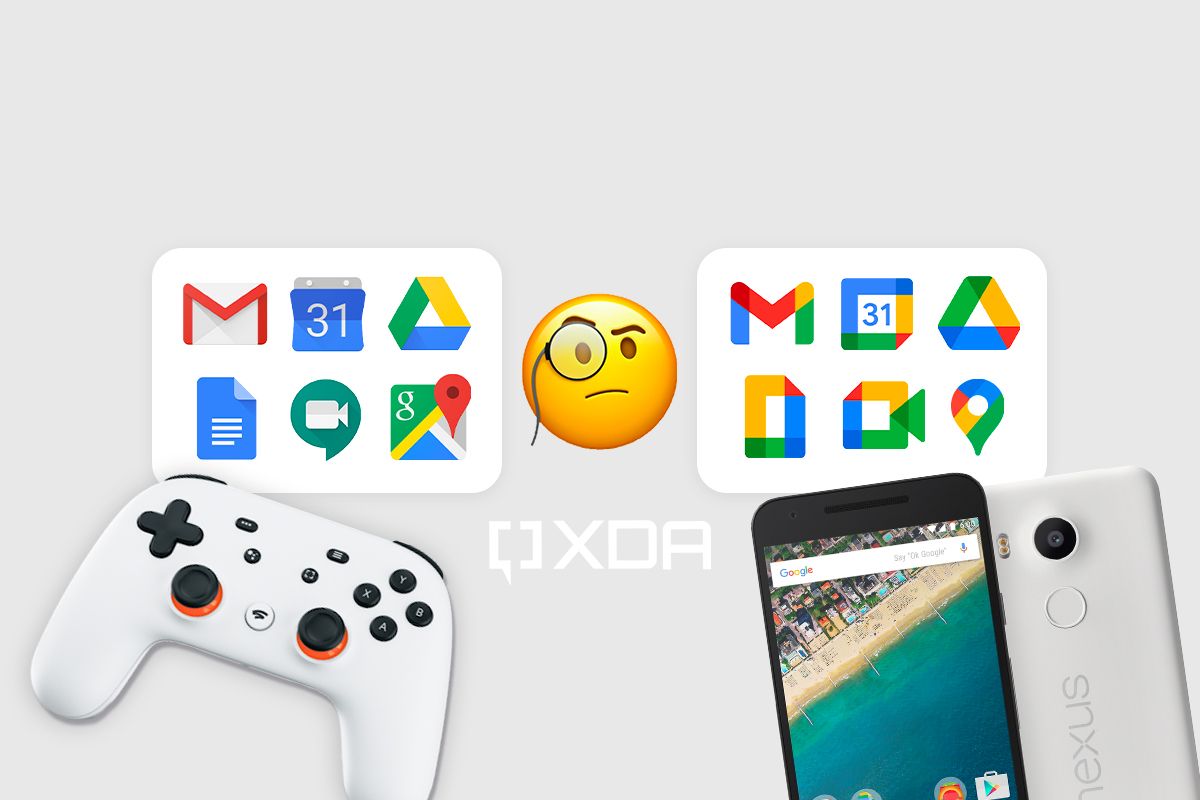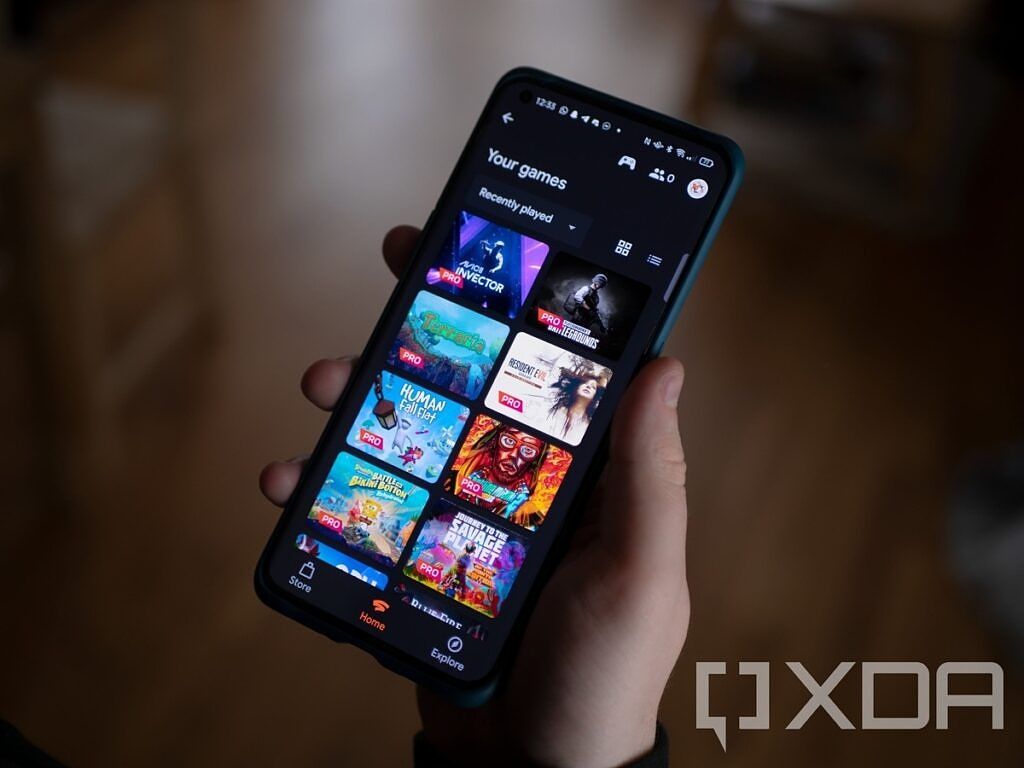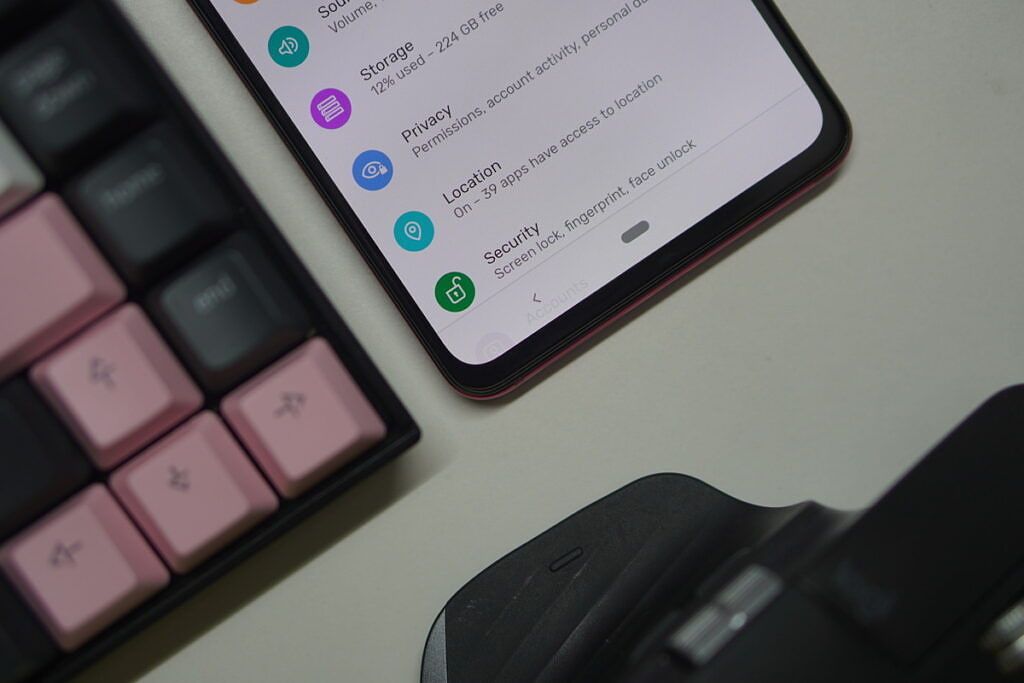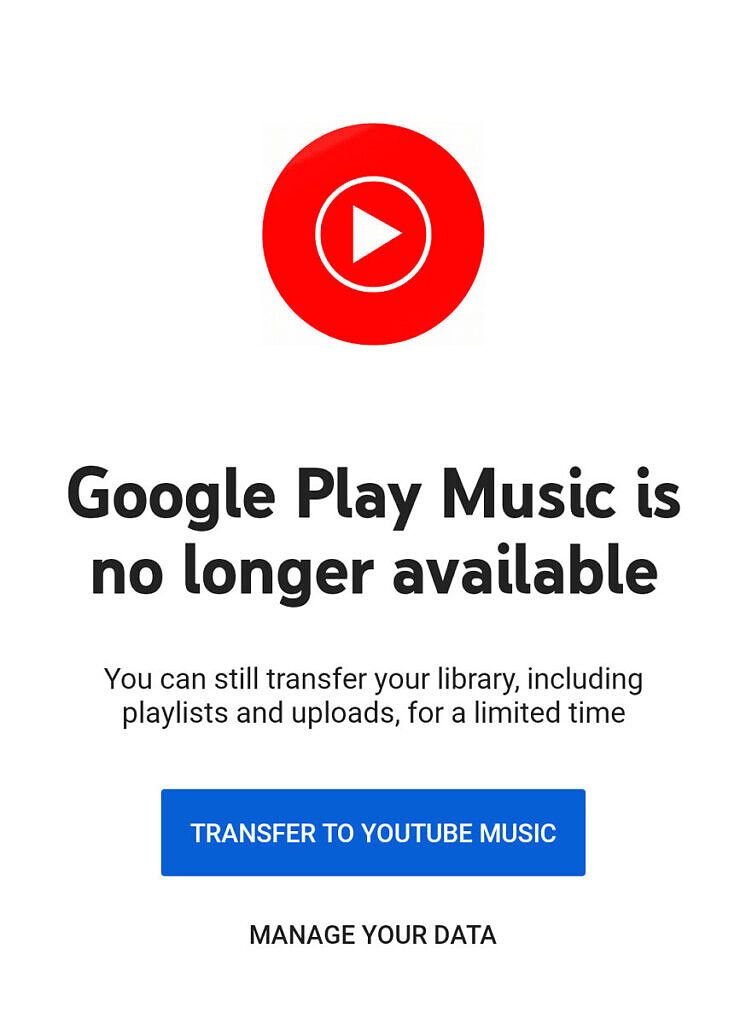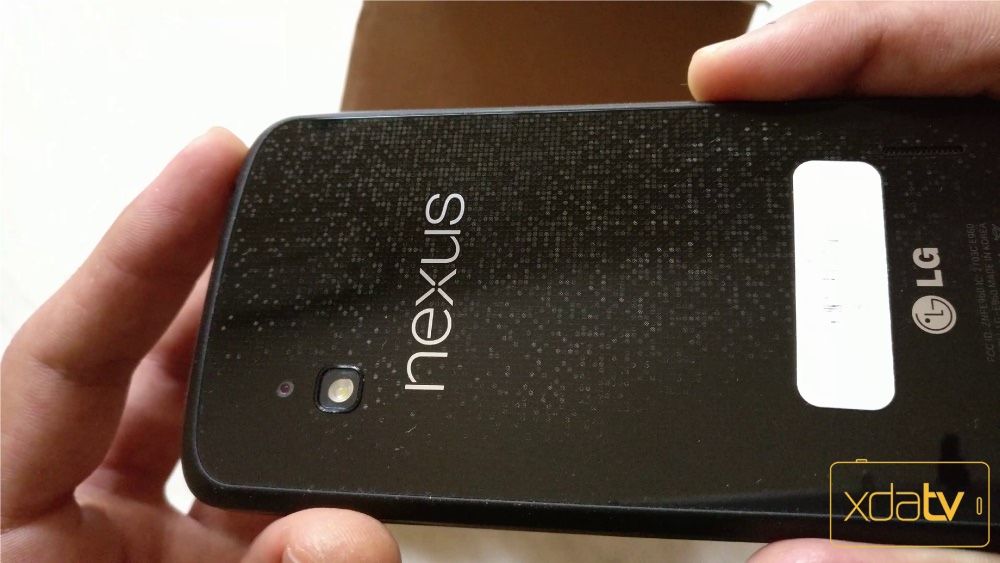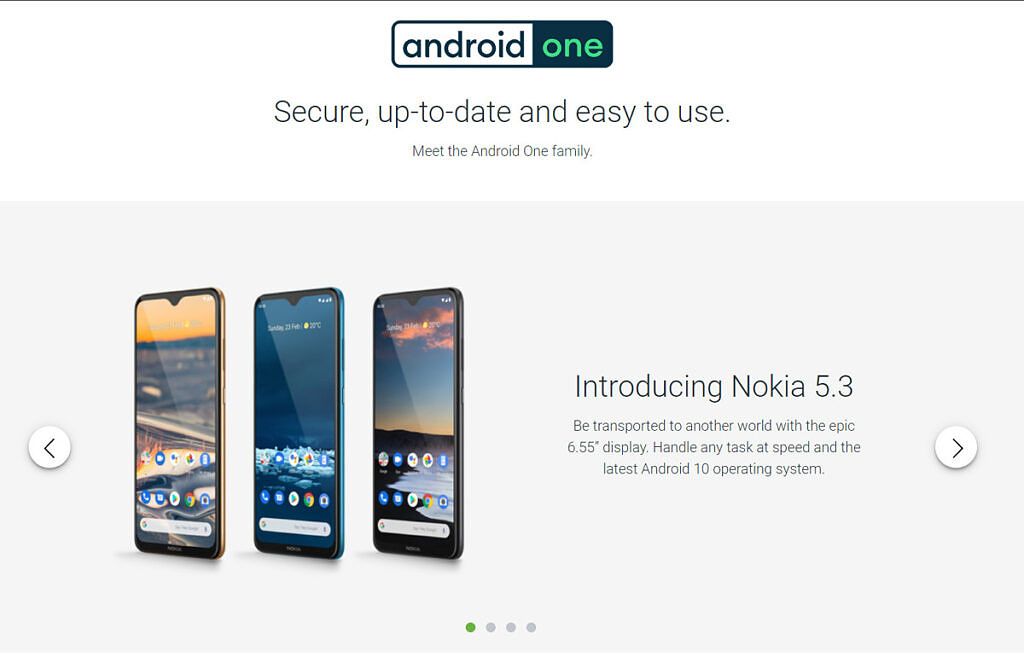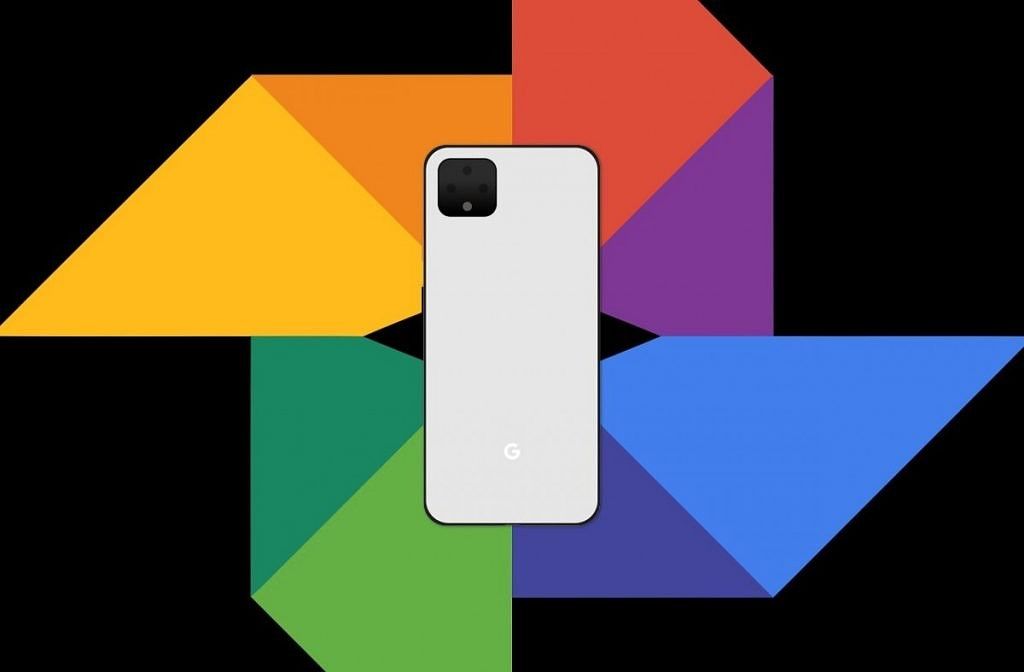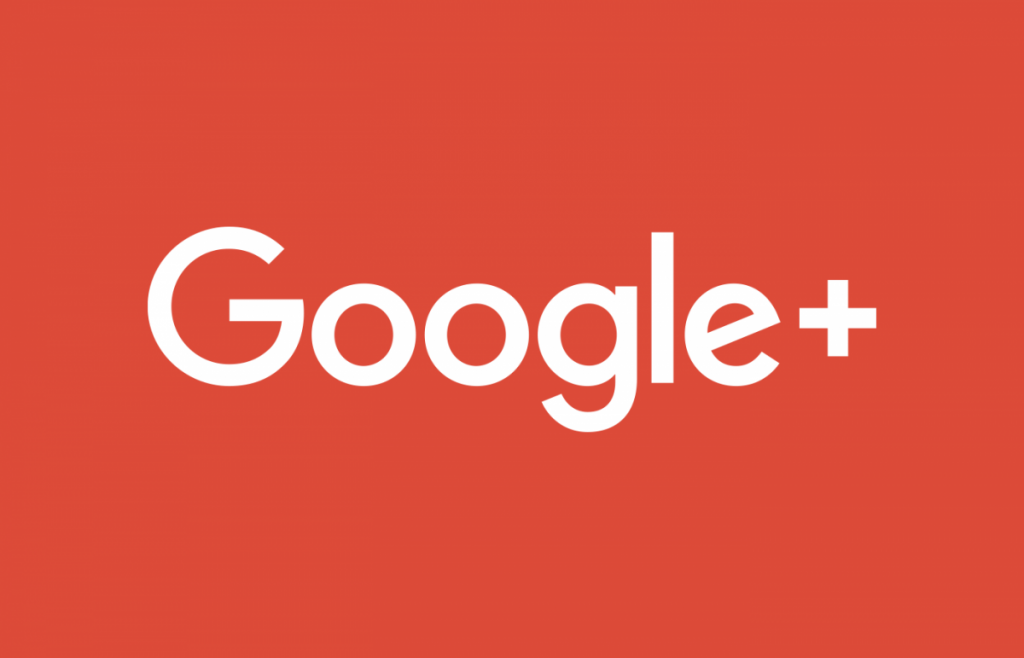While Google was incorporated on September 4th, 1998, the company is celebrating its 23rd birthday today. Since its inception, Google has grown from just a simple webpage to a ubiquitous internet giant, though it certainly wasn't without some mishaps along the way. The company has made some pretty weird decisions over the years, from product launches to the launch and downfall of a million different messaging services. While there are probably a lot of decisions from the web giant that makes you wonder "why?", here are 10 of them that make us go "What were they really thinking?".
10: Google Glass
To kick off our list is Google Glass, a pair of futuristic smart glasses that seemed to enamor the entire news cycle for a brief period of time when it was announced. A futuristic invention taken straight from science fiction, Google Glass was a pair of smart glasses launched in 2013. They came in with a hefty price tag of $1500, and never saw the commercial success that the company probably wanted. Between privacy concerns and its limited use cases, it just never really took off. The MyGlass app used for pairing and configuring Google Glass was taken off of the Google Play Store last year.
However, Google Glass wasn't a total failure. It had its uses, particularly in medicine, and was also used as a way to try and help children with autism. While neither use case has become ubiquitous in their respective medicinal disciplines, it had theoretical developments that could set a groundwork for future technological advancement.
9: Google Stadia
Google Stadia isn't so much a mistake as it is a giant question mark on Google's release timeline. Getting into gaming never really seemed to be Google's style, and while the service is good, it has a lot of inherent problems that it can't necessarily fix by itself.
To sum up its problems, you need to meet three criteria for actually being able to play Stadia. While you may have a low-latency connection that’s consistent, maybe it’s not fast enough to use game streaming services. Maybe it is fast enough, but you live too far away from your nearest data center. What’s more, if you’re primarily using Stadia for game streaming to avoid having to download games because that takes too long, then your internet likely can’t even handle Stadia in the first place.
I enjoy using Stadia, but there are some major question marks surrounding it that draw concerns towards its viability.
8: Google Allo and the graveyard of Google messaging apps
Google and messaging services are a combination that always yields interesting results. We've seen the coming and going of Google Talk, Google Hangouts, Google Allo, and many other random messaging services from the company over the years. Then there's also the tendency that the company has to bake in messaging features into apps and services that don't necessarily need an instant messaging functionality per se. While a messaging service (obviously) makes sense, it seems that Google also eventually kills off any that it launches. There's not a whole lot of elaboration needed here; we all know Google's tendency to kill off services.
7: Pill navigation
Remember Google introduced pill navigation with Android Pie? It disappeared as quickly as it came, killed off with Android 10 on the Google Pixel 4 in favor of full-screen gestures. A post was then made on the Android Developers blog explaining why Google went with the gestures that we have now over pill navigation, and I personally believe that most Android fans are happier with the current implementation over the two-button pill navigation. The two-button pill wasn't even symmetrical and centered, to begin with.
6: Goodbye Google Play Music, hello YouTube Music
The decision to kill off Google Play Music was a weird one, no less because there still isn't a direct replacement. Set as the default music player on Android, it was the only pre-packaged "out-of-the-box" way to play local music files on your phone's storage on a lot of smartphones. While YouTube Music is a good service, Google Play Music was too, particularly as it allowed you to upload 50,000 of your own MP3 songs free of charge for streaming to any of your devices. You could transfer everything over to YouTube Music if you wanted, but there still is no local music player alternative on Android. Not to mention, YouTube Music has a few of its own drawbacks, like not allowing screen-off playback to free users. If you want to listen to music (and not watch every second of the audio playing back on your phone along the way), you have to hope that the manufacturer of your device has designed its own music player. To be fair, most probably have at this point.
5: Google's big rebranding
Google's major rebranding really had a number of people wondering what was the point of the whole exercise. Services with their own unique brand identity and personality were replaced with Google-ified colors and designs, leading to everything looking more or less the same. It makes sense that the company is looking to have some kind of uniform brand identity... but it certainly makes it hard to tell the difference between them at a glance. It stripped away identity from each service and made it harder for anyone deep in the Google ecosystem to tell the difference between all of them. It's not a "mistake" as such, but it's certainly a head-scratcher as to why the company felt that this change was necessary.
4: Killing the Nexus line
The Nexus line was one of the most popular smartphones for enthusiasts. The Google Nexus 5 was my introduction to ROMs and modding, which I then later followed up with my purchase of the OnePlus 3. The Nexus line of smartphones was the most "Google" you could get Android, and it was primarily aimed at developers. Even still, that didn't stop average users from purchasing one to get the most authentic Android experience. When the Nexus line was culled in favor of the Pixel line, it marked a departure towards the mainstream for Google, as Google's smartphones were no longer aimed just at developers.
The Nexus line died with the Nexus 6P, a phone that Google made with Huawei. It suffered bootlooping problems (alongside the Nexus 5X) and ultimately ended with Google paying out cheques as a result of a class-action lawsuit. There hasn't been a Nexus phone since, and it's unlikely that there ever will be again.
3: Android One & Google Play Edition
Did you know that the Android One program is still alive and kicking? You'd probably be forgiven to assume that it's dead, given that Google doesn't even seem to update the Android One page anymore. The recently-released rugged smartphone Nokia XR20 is actually an Android One program device, though we've not heard much about the program in recent years. Xiaomi's Mi A series was widely regarded as the torchbearers of the Android One experience, though HMD Global has also been an avid supporter of the program for years. The Android One program is oddly reminiscent of the Nexus line -- close-to-stock Android and quick updates.
However, weirdly, the home page of the Android One site still says that Android 10 is the "latest" Android operating system. To further confuse the issue, the Nokia 5.3 only just received the Android 11 update... when Android One devices are supposed to get updates faster than the rest of the competition. Device releases have slowed down too -- in the past two years, only one device on the program launched hasn't been released by Nokia and HMD Global, and a grand total of only four devices have been released this year as part of the program. Android One isn't necessarily dead, but there's definitely something amiss with it.
As for Google Play Edition, it was a cool program for purchasing devices with official Google support. The HTC One M8 is the most popular example; you could buy one from HTC with the company's SenseUI, or buy it on the Google Play store with more "stock"-like Android. They had unlocked bootloaders, and the Samsung Galaxy S4 at the time was available too under the same conditions. Press renders of a Google Play Edition Samsung Galaxy S5 even leaked at the time, though never materialized and the program was killed shortly after.
2: Future Pixels won't have free Google Photos storage
Here's one that I still have trouble wrapping my head around -- why won't future Google Pixel devices have, at the very least, free compressed Google Photos storage? A perk of the original Pixels was that you could store all your photos in original quality free of charge, though it was dialed back a bit after that. Google has confirmed that older Pixels can still store photos for "life" for free in a compressed format on Google Photos, but future devices won't get it.
Given that Google loves to push the imaging capabilities of the Pixels, you think they'd throw in as much as possible to make them appealing and to give people another incentive to get a Pixel. Google Photos is a service that many rely on, and a lifetime of free compressed uploads would be a fantastic deal when paired with the purchase of a Google Pixel. But alas, it won't be any more.
1: Google+
The story of Google+ is hilarious and is one of the few times where Google demonstrated that it was possible for the company to be truly out of its depth. It struggled for years, and following a massive data breach, the company decided it wasn't worth running anymore.
For context: there was a bug in the Google+ People APIs, which potentially exposed the data of over 500,000 users and was promptly patched in March 2018. This, combined with the community’s extremely low user base - 90% of Google+ sessions are under 5 seconds - was enough for Google to be done with it for good. While Google initially gave a timeline of a shutdown over roughly ten months, it decided to expedite the shutdown when yet another data leak impacted 52.5 million users who could have had personal profile information exposed to developers.
To make matters worse, Google actively tried to push Google+ on users, even integrating the comment section of YouTube directly into the social network. Anyone commenting on YouTube had to have a Google+ account, even if you never actually used it. While some people did enjoy using the social network, it was more or less just another social network that didn't really have much of a reason to exist.
23 years on, Google still makes weird decisions
Marking Google's 23rd birthday, it's a funny realization that all of the above decisions were made in the last ten years. Quite a lot of them were more recent than that, and yet the company is still as big as ever. Google doesn't seem to lead in any hardware category, nor does it seem to care to. When it experiments with new products and services, it doesn't seem to be a bad thing (for Google) if they fail, as it just moves onto whatever its next plans are. While it's cool that Google loves to experiment, a lot of the decisions that it has made over the years are perplexing. Let's hope that its most popular services stick around!

